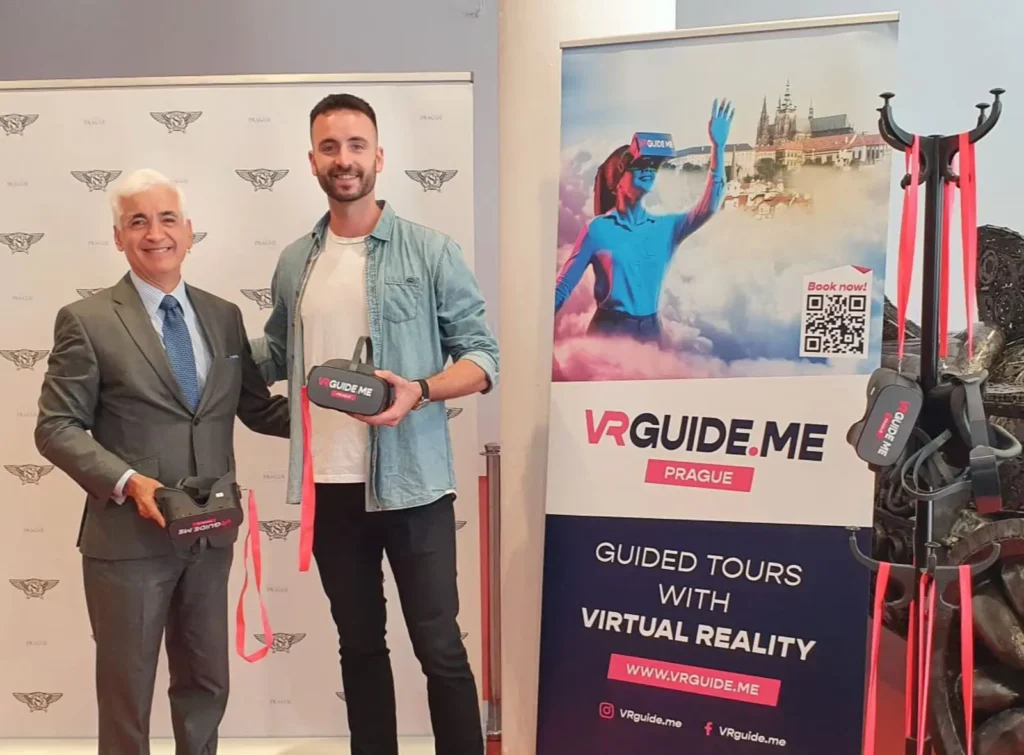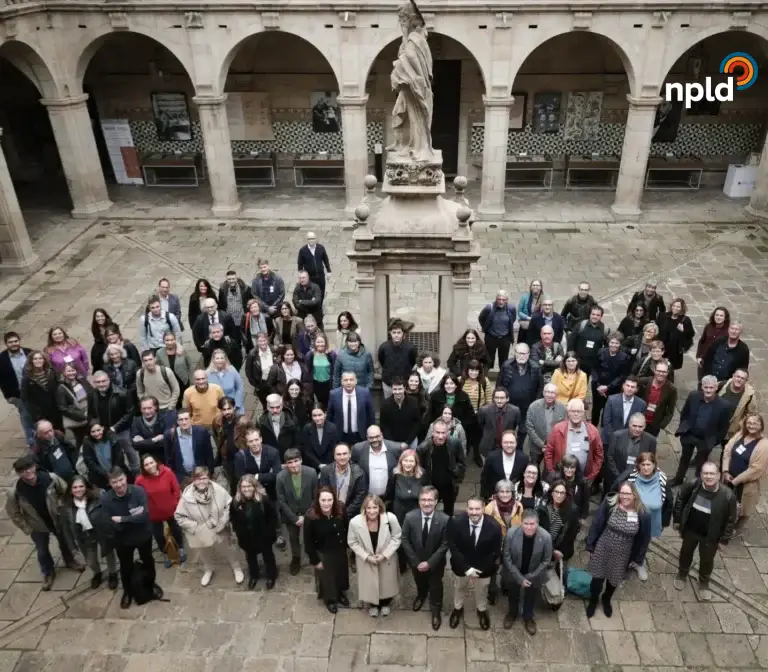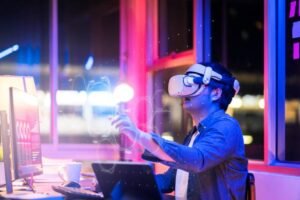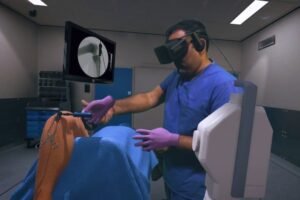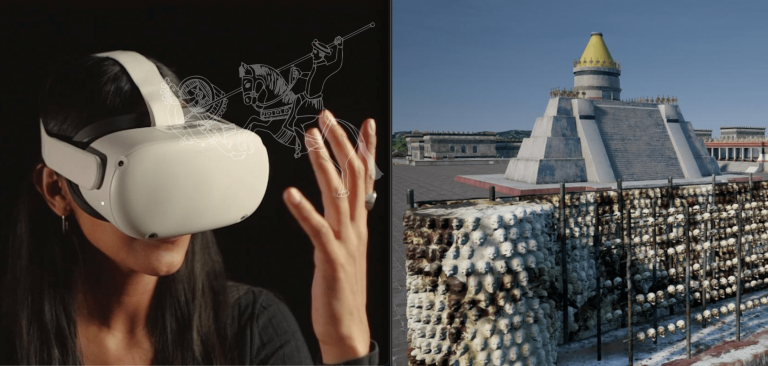
Inicio » Virtual Reality » Top 7 Museums with Virtual Reality
Top 7 Museums with Virtual Reality
Discover a world beyond reality. Museums are entering the virtual age with immersive virtual reality experiences.
Share note:
Virtual museums are proliferating around the world, offering visitors a wide range of cultural options. From iconic art museums to historical and scientific institutions, there are a variety of options to choose from. Some museums have even created specific virtual exhibits that take full advantage of virtual reality capabilities to provide interactive and informative experiences. Now, let’s go with our list of the 7 museums that already apply virtual reality for their guests.
The famous Parisian museum offers virtual reality experiences that allow visitors to explore masterpieces such as the Mona Lisa and the Venus de Milo in detail.

The Louvre Museum has implemented virtual reality to offer visitors a unique experience. Using virtual reality headsets, visitors can virtually explore the museum’s rooms and get up close to iconic masterpieces. They can view high-resolution details, obtain additional information about the works and immerse themselves in the historical and artistic context of each piece.
British Museum (United Kingdom)

The British Museum has created virtual tours that allow visitors to explore its vast collections from home. Through the use of virtual reality technology, users can browse through different galleries, select specific works and obtain detailed information about each one. This provides an experience similar to walking the halls of the museum, but with the convenience of doing so from anywhere.
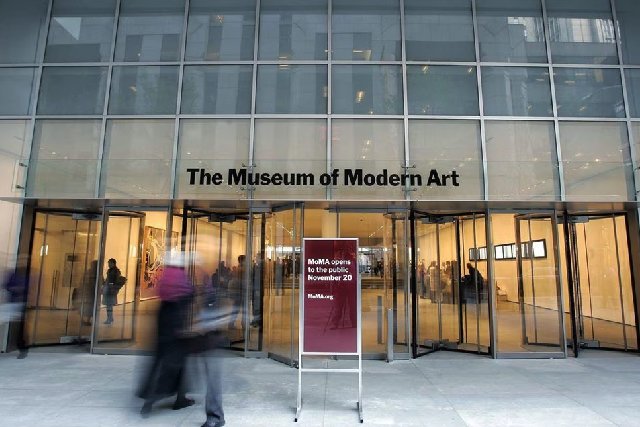
MoMA has used virtual reality to create virtual exhibitions that go beyond the physical boundaries of the museum. Through these experiences, visitors can explore works of art by renowned modern and contemporary artists. Some of these experiences even allow for more active interaction with the artworks, providing a unique and enriching perspective on art and its meaning.

The Natural History Museum in London has integrated virtual reality into its exhibits, especially in the dinosaur section. Visitors can immerse themselves in virtual environments and travel back in time to witness what dinosaurs were like in their natural habitat. This immersive experience allows for a deeper and more exciting understanding of prehistoric life.
Tokyo National Museum (Japan)

The Tokyo National Museum has used virtual reality in some of its exhibits to offer visitors an interactive experience. Using headsets and motion controllers, visitors can explore virtual recreations of historical art and artifacts. This gives them a unique and realistic perspective of Japanese culture and history, allowing them to interact and learn in an immersive way.
Prado Museum (Spain)
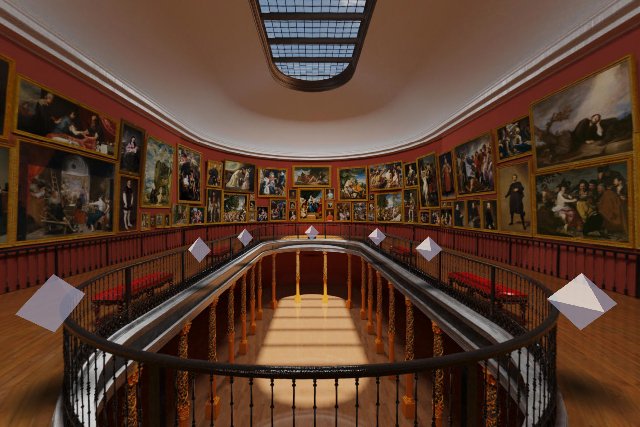
The Prado Museum has created virtual tours in collaboration with experts in technology and art. These tours allow visitors to virtually explore the museum’s rooms and admire emblematic masterpieces up close. In addition, virtual reality offers a more interactive experience by providing detailed information about the works, their artists and the historical contexts in which they were created.
Virtual Reality at the Museum of Anthropology (Mexico)

The Museum of Anthropology, with its vast collection of artifacts and cultural exhibits, has become an ideal place for the application of virtual reality. Using VR, visitors can immerse themselves in ancient civilizations, explore archaeological sites and observe historical artifacts up close.
Virtual reality to visit museums from home
Can’t physically travel to a museum? No problem! Virtual reality has made it possible for people to visit museums from the comfort of their homes. Through VR, you can enter the halls of the most prestigious museums and explore impressive collections no matter where you are geographically. This technology breaks down physical barriers and allows you to live a visually immersive and enriching experience without having to leave your home.
What are the characteristics of a virtual museum?
A well-designed virtual museum has distinctive characteristics that differentiate it from a physical visit. VR in museums often offers an immersive experience where you can explore different galleries and exhibits through intuitive interactions. In addition, complementary information, such as descriptions of works of art or exhibits, is available digitally, providing you with an enriching context for your virtual explorations. Some virtual museums even offer guided tours or interactive activities to further engage visitors with the subject matter presented.
Conclusion on virtual reality and its application in museums.
In short, virtual reality has expanded the possibilities and accessibility of museums, allowing people to explore collections and exhibits without geographical restrictions. At both the Museum of Anthropology and the Wax Museum, VR provides an immersive and enriching experience that transforms the way we interact with art, history and culture.
So, whether you are an art and history lover or just looking for a fun and unique experience, don’t hesitate to dive into the virtual world of museums. Virtual reality is waiting to take you on an extraordinary journey through the world’s cultural heritage!
Would you like to apply Virtual Reality in your projects? At Virtual Arena we are specialists in VR consulting and development for companies and institutions.
Recent articles
Do you have a project in mind?
Related articles

